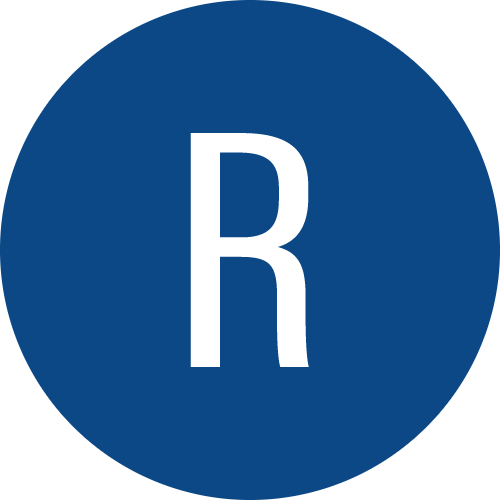Labral injuries in the shoulder can lead to significant pain, limited mobility, and instability, particularly affecting those involved in sports or heavy lifting. Nebraska and Iowa residents experiencing shoulder pain may benefit from understanding labral injuries, their causes, symptoms, and treatment options available to restore shoulder function.
What are Labral Injuries?
The labrum is a ring of tissue that lines the shoulder socket, helping stabilize the shoulder joint. Labral injuries occur when this tissue is torn, often resulting in shoulder pain and instability. Common types of labral tears include SLAP tears (top of the labrum) and Bankart tears (lower part of the labrum).
Symptoms of Labral Injuries
Key symptoms of a labral injury include:
- Persistent Shoulder Pain: Pain during shoulder movement, especially with overhead activities or lifting.
- Clicking or Catching Sensation: A clicking or catching sensation with movement may indicate a labral tear.
- Weakness and Instability: A feeling that the shoulder is loose or might “pop out” of its socket.
- Limited Range of Motion: Difficulty lifting or rotating the shoulder fully.
Causes and Risk Factors
Labral injuries are often caused by:
- Trauma or Falls: Falls on an outstretched arm or direct shoulder impacts are frequent causes.
- Repetitive Strain: Athletes who engage in repetitive shoulder movements, like pitching or swimming, may develop labral tears over time.
- Shoulder Dislocations: Previous dislocations may cause or worsen labral injuries, especially in younger, active individuals.
Diagnosing Labral Injuries
To diagnose a labral tear, an orthopedic specialist may conduct a physical exam and order imaging tests:
- MRI with Contrast: This is particularly helpful for identifying labral tears and other soft tissue injuries.
- X-rays: X-rays help rule out other causes of shoulder pain but may not show a labral tear.
Treatment Options in Nebraska and Iowa
Treatment for labral injuries aims to relieve pain, restore shoulder stability, and prevent further injury. Options include:
- Non-Surgical Treatments
- Physical Therapy: Physical therapy is often the first approach, helping to strengthen shoulder muscles and stabilize the joint.
- Pain Management: Anti-inflammatory medications may help reduce pain and swelling.
- Activity Modification: Reducing activities that aggravate the shoulder can support the healing process.
- Surgical Treatments
- Arthroscopic Labral Repair: For severe tears, an arthroscopic procedure may reattach the torn labrum to the shoulder socket using small anchors.
- Debridement: In cases of minor fraying, the damaged portion of the labrum may be trimmed to reduce symptoms.
- Shoulder Stabilization Surgery: For individuals with frequent shoulder dislocations, additional surgical techniques may further stabilize the shoulder joint.
Recovery and Rehabilitation
Recovery depends on the treatment chosen. Non-surgical treatment may take several weeks to a few months, while surgery requires a more extended recovery. Physical therapy is critical in both cases, focusing on restoring shoulder strength, flexibility, and stability to prevent recurrence.
When to Seek Treatment in Nebraska and Iowa
If shoulder pain persists, or if you experience instability or difficulty with daily activities, it’s essential to consult an orthopedic specialist in Nebraska or Iowa. Early treatment can prevent further injury, reduce pain, and improve overall shoulder function.
















